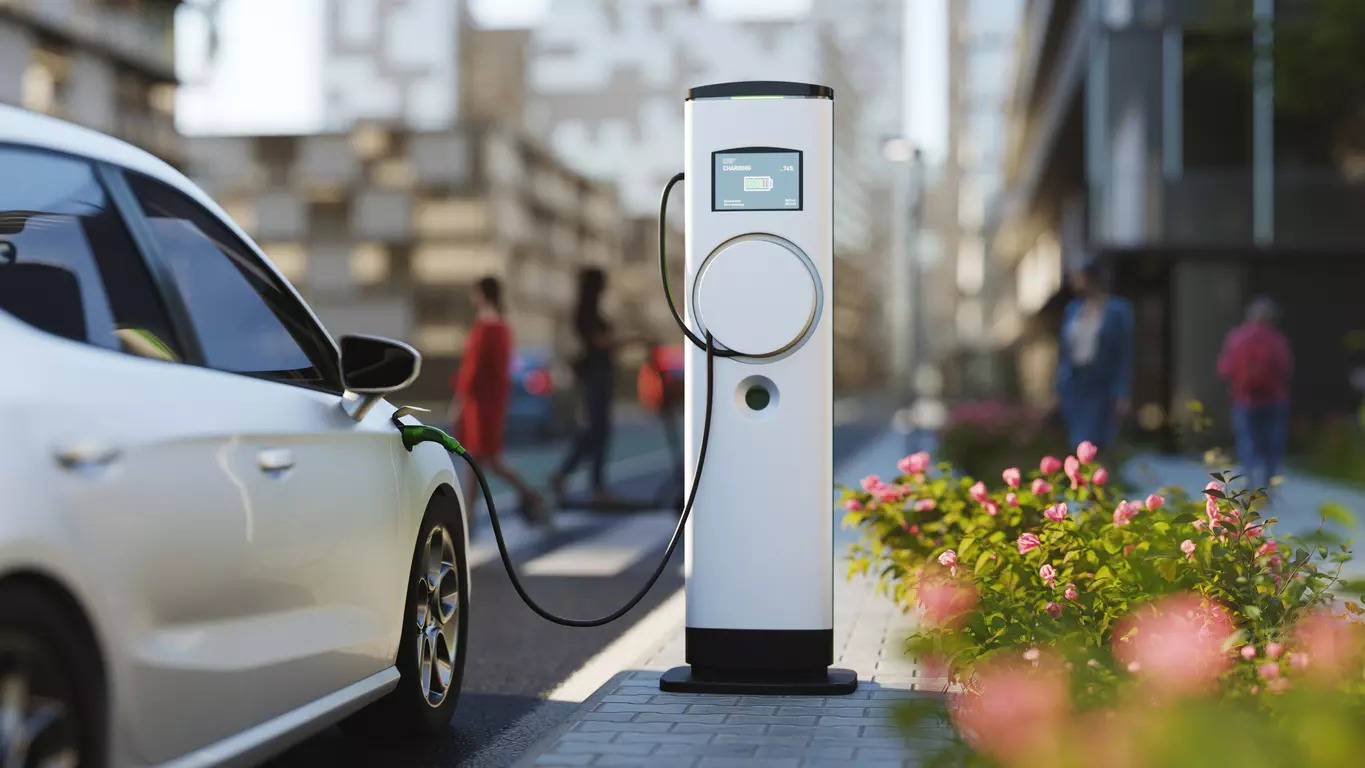
New Delhi: USA’s Tesla and China’s BYD top the table as ‘Leaders’ in an annual study that takes stock of the transition of major OEMs towards ZEVs (Zero-Emission Vehicles). Tata Motors, the sole OEM from India, and dubbed a “Rising Star’ in the Report, along with Toyota, Honda, Nissan, Mazda, and Suzuki feature in the bottom, grouped as ‘Laggards’ in the Report. It’s to be noted that in the Study Tata Motors is seen as a global OEM because of its Jaguar Land Rover ownership. The ICCT analysed the top 21 light-duty vehicle OEMs by volume, across 10 custom designed metrics in three categories, for its annual Global Automaker Rating Study.The metrics are ZEV sales share, Class coverage, under a ‘Market Dominance’ category, Energy consumption, Charging speed, Driving range, Renewable energy Battery recycle/ repurpose, under ‘Technology Performance’, and ZEV target, ZEV investment, Executive compensation, under ‘Strategic Vision category’. The independent research organisation stated that these metrics ‘reflect the readiness to produce fully ZEV vehicles on a timeline swift enough to keep up with the global transition’.

The top 3 OEMs in the list – Tesla, BYD, BMW secured a rating of 84, 70, 57 respectively. Tata Motors, with 31, secured the highest in its group .
As per ICCT’s analysis, from 2022 to 2023, the numerical scores of seven automakers increased,12 decreased, and one stayed the same. The 2022 edition covered 20 OEMs. China’s Chery has been added this year as it ranked 18th in global LDV sales in 2023.
“Our goal with this Report was to provide a data-driven, transparent analysis of automakers’ progress toward decarbonisation in their plans and actions. While most global automakers are making progress in the transition to zero-emission vehicles in different aspects, more work could definitely be done,” says Amit Bhatt, India Managing Director, ICCT.
Tata tops TeslaAccording to the Study report, eleven OEMs made their BEVs more efficient by reducing average energy consumption. ‘Of these, however, only seven saw a score increase relative to their competition because Tata Motors set a new benchmark, bumping Tesla out of the top spot’, the Report states. With its ongoing investments in EVs, the Indian OEM ‘may be able to jump ahead of today’s Transitioners in future ratings’, The Report states in its conclusions. ‘Transitioners’ is the group between ‘Leaders’ and ‘Laggards’ in the Study Report.
The Study finds that energy consumption of BEVs across OEMs fell by almost 4%, from 140 Wh/km in 2022 to 135 Wh/km in 2023, which reflects technological progress across the industry. 14 of the 21 OEMs featured in the Study improved the average driving range of their BEVs. Five of them, SAIC, Great Wall, BMW, Tata Motors, and Toyota, increased driving range by over 50 kms. Across all the manufacturers, the average BEV driving range increased from 395 km in 2022 to 419 km in 2023.

Investing for the transition
Thirteen automakers were found investing more in the ZEV transition compared to the previous year’s rating. At USD 3,740 per vehicle, Tesla invested the most. The Study finds that seven OEMs ‘either introduced or strengthened linkages between top executives’ compensation packages and ZEVs or vehicle CO2’. Stellantis, BMW, and GM saw a higher share of executive pay was linked to EV deployment in 2023 compared to 2022, according to the Report.
It also stated that Ford and Mercedes-Benz linked executive compensation packages to EVs for the first time in 2023, while Geely-owned Volvo Car and Jaguar Land Rover, owned by Tata Motors, added a CO2 emissions element to their compensation models. The Report highlights that ‘this trend shows that success in the ZEV transition is increasingly seen as critical to the future financial viability of the automotive industry’.
“To be competitive into the future, OEMs will need to expand their ZEV models on offer to help boost their ZEV sales share while improving ZEV technology performance,” said Zifei Yang, Global Passenger Vehicle Program Lead at the ICCT, and author of the Study Report.
According to the Report, there was an increase of 10% and 42% in the total number of ZEV models in each of the six markets covered in the Study. Almost all OEMs had ZEV models in the SUV/MPV class; except for Suzuki, ‘which had no ZEV models in any class and offered only plug-in hybrid SUVs’. China, USA, Europe, India, Japan, and the Republic of Korea were covered in the Study. According to market intelligence firm MarkLines, these six markets contributed about 82% of global LDV sales in recent years.
Technology Bets
ICCT bets on BEV and FCEV as the best technology options for clean mobility. Its modeling indicates that ‘nearly 100% of new light-duty vehicles sold in leading markets in 2035 must have zero tailpipe emissions to put the transportation sector on a trajectory aligned with the goal of limiting global warming to below 2 °C, as defined in the Paris Climate Agreement’. “Automakers that are slow to invest in the advanced technologies that regulations are designed to promote may soon find themselves outpaced by competitors who more wisely bet on the future,” says Stephanie Searle, ICCT’s Chief Program Officer.
ZEV transition challenge in India
The growing focus on decarbonisation is also reflected in the share of EVs in the overall sales of LDVs (cars, vans, and LCVs with GVW below 3,856 kg in USA, and below 3,500 kg in other key markets) in some major markets globally. The share of EVs is 33% in China, 21% in Europe, and 9% in the United States, according to ICCT, which also finds that vehicles sold by automakers that have set targets to phase out ICE vehicles accounted for 46% of LDV sales in 2023.
In India though, the transition is slower, due to inadequate charging infrastructure, customer apprehension (mainly affordability) being the key hurdles. ICCT’s research shows that there are five effective policies – financial incentives, outreach and communication, charging infrastructure development, ZEV sales mandates, and ICE phaseout targets, that have helped accelerate the EV transition globally.
“We have done comparatively well in the first three, which are mostly demand-side policies, and we need to continue these efforts. However, we also need to focus on the last two, which are supply-side policies. Implementing these in India can rapidly scale up EV deployment,” says Bhat.
Currently, in the domestic passenger vehicle market, it’s only Tata Motors and MG which are driving the market. Come 2025, the passenger EV segment is set to scale up substantially with the introduction of multiple models from OEMs like Hyundai, Mahindra, MG, and Tata. It’s estimated that 30% of the passenger vehicle market could be EVs, by 2030.


















